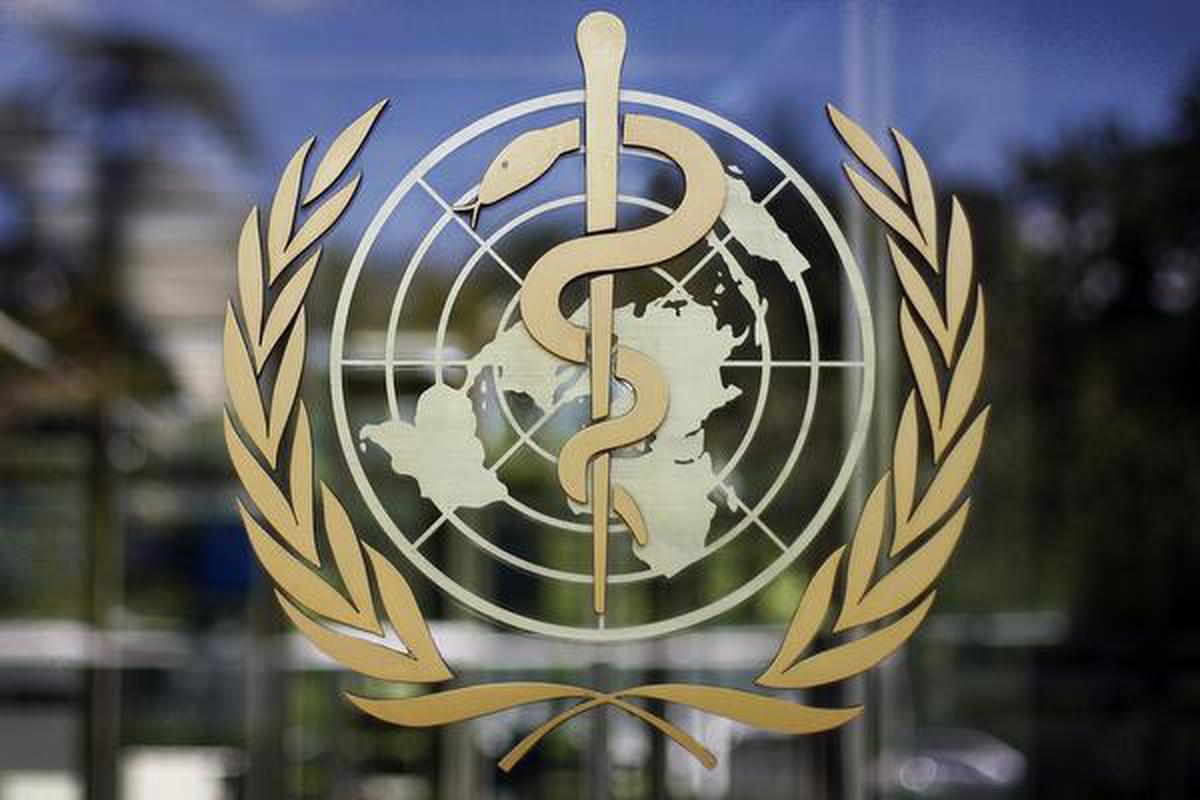High-priority pathogens, including Salmonella, Shigella, Pseudomonas aeruginosa, and Staphylococcus aureus, present significant challenges, particularly in low- and middle-income countries. The WHO highlights that Antimicrobial Resistance (AMR) is primarily driven by the misuse and overuse of antimicrobials, leading to increased illness, disease spread, and mortality.
Critical priority pathogens present major global threats due to their high burden, resistance to treatment, and ability to spread resistance, as noted by the latest Bacterial Pathogens Priority List (BPPL) updated by the World Health Organization (WHO). This list includes gram-negative bacteria resistant to last-resort antibiotics and Mycobacterium tuberculosis resistant to Rifampicin. The updated list features 15 families of antibiotic-resistant bacteria grouped into critical, high, and medium categories for prioritization.
Seven years since its last update, the WHO highlights that high priority pathogens, including Salmonella and Shigella, are particularly burdensome in low- and middle-income countries, along with Pseudomonas aeruginosa and Staphylococcus aureus, which pose significant challenges in healthcare settings. Antimicrobial Resistance (AMR) occurs when bacteria, viruses, fungi, and parasites no longer respond to medicines, leading to increased sickness, disease spread, and deaths. “AMR is driven in large part by the misuse and overuse of antimicrobials,” the document states.
For more details, visit the WHO’s official announcement.






